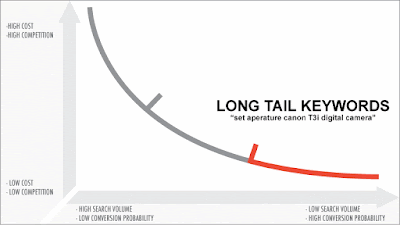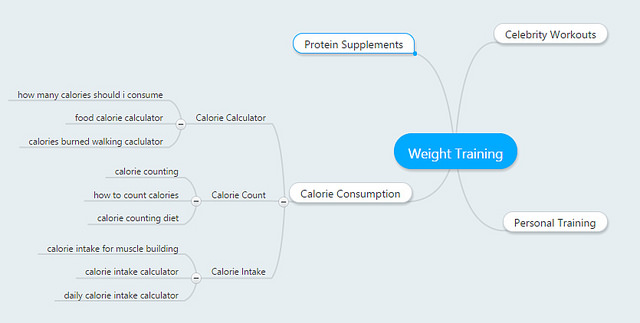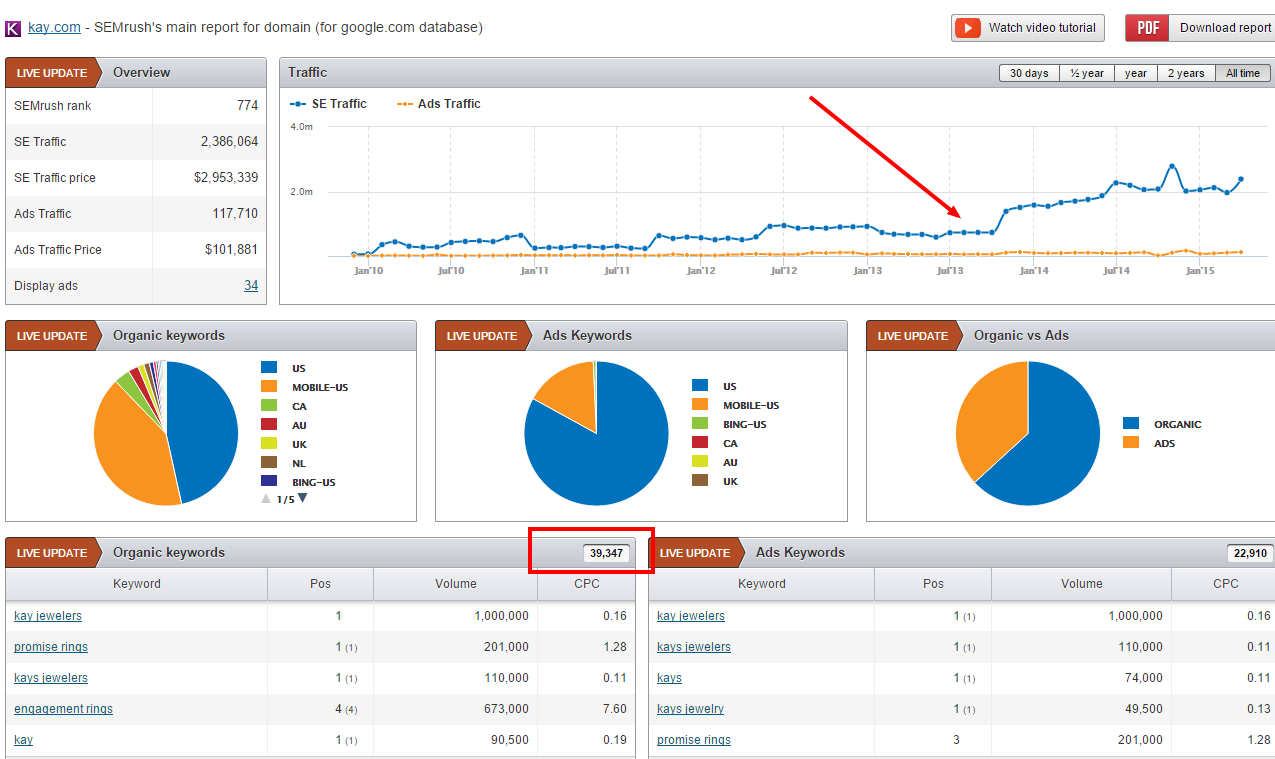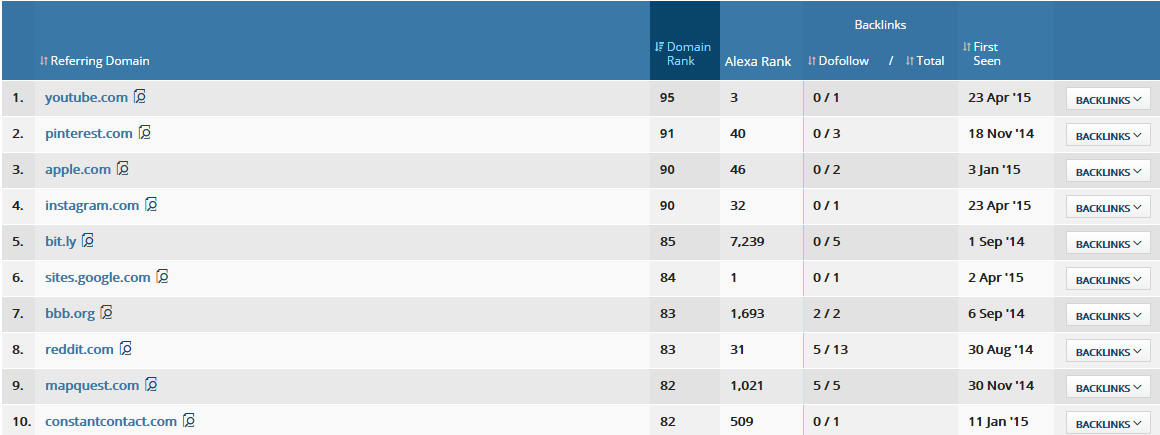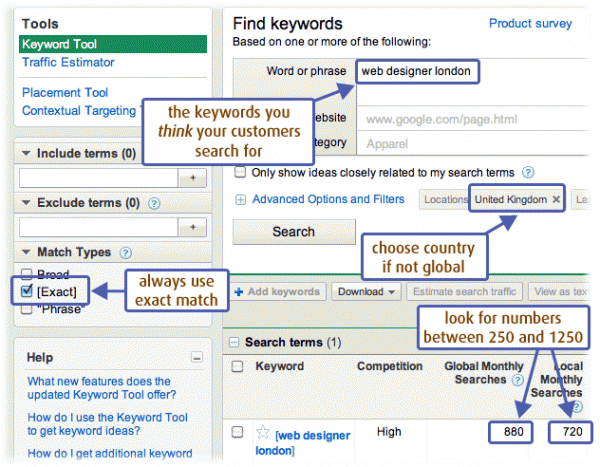What Is Keyword Analysis?
Keyword Analysis: How to Analyze Your Keywords Effectively
What Is Keyword Analysis?
Keyword analysis is the process of analyzing the keywords or search phrases that bring visitors to your website through organic and paid search. As such, keyword analysis is the starting point and cornerstone of search marketing campaigns.
By understanding what queries qualified visitors to your website type into search engines, search marketers can better customize their content and landing pages to drive more traffic and increase conversion rates. For this reason, keyword analysis is an important skill for both SEO and PPC experts.
Keyword analysis helps to increase conversions, find new markets, and optimize spend, but it requires time-consuming examination and decision making to beat your keyword competition. The WordStream Keyword Analysis Tool takes the analysis of your website keywords a step further by not only analyzing your keywords but also suggesting actions and automating your activity for the best efficiency and results.
Do you really want to look at spreadsheets and graphs for hours a day every day? And after that, what comes next? WordStream eliminates this time waste, streamlining the process of analyzing keywords, highlighting the vital marketing performance metrics, and prioritizing actions to greatly improve your efficiency while simultaneously improving your PPC performance.
The Importance of Keyword Analysis
Marketing is inherently analytic. Field-testing marketing outreach and marketing performance is key to optimizing the budget allocation and market reach. Search marketing is no different, and since keywords dictate your entire search campaign, keyword analysis should be your primary focus. Analyzing keywords allows you to:
Optimize Spend: Distribute more budget to successful keywords and eliminate wasteful spending on those that aren't producing results
Increase Conversions: Identifying and focusing on well-converting keywords is good for conversion rate optimization and return on investment (ROI)
Eye Trends: Knowledge of keyword search frequency provides insight into market behavior which you can apply to multiple aspects of your business
Prioritize Your Time: Keyword performance guides campaign importance--spend your time optimizing areas that have the biggest impact on your bottom line
Find New Markets: Use keyword analysis to expand your long tail efforts and discover more specific keyword queries and corresponding warm leads
Despite all the benefits, most search marketers don't spend nearly enough time on keyword analysis because it's time-consuming and repetitive. With keyword software from WordStream, analyzing keywords and capitalizing on data is automated and simplified, making you more productive.
Keyword Analysis With WordStream
Google AdWords includes a keyword analyzer and reporting section that details data like keyword clicks and campaign success. However, it's difficult to examine keywords and how they relate to each other from inside these tools.
Though Google's tools are helpful in obtaining an overview of your account, what you do as a result of that data and how you learn from it to improve your performance is totally up to you. In addition to the advanced keyword search capability, WordStream evaluates keyword popularity and visit totals to segment keyword groups for you. Highly relevant keyword groups are a crucial step towards improving your Quality Score, and WordStream's learning software ensures your keywords are segmented as relevantly as possible. The software determines the best segmentation based on its own keywords analysis as well as any additional filters and rules that you define.

The keyword source analysis feature allows you to analyze search engine keywords in aggregate or drill down to focus on just paid keywords, just organic keywords, paid and organic keywords together, or just keyword suggestions and associated traffic estimates. This feature enables you to perform SEO-driven and PPC-driven keyword analysis with the same tool.
WordStream software is fully dynamic, so keywords people enter to find your specific website are added to your account daily: your own private, automated keyword discovery tool! Existing keywords will be updated with the most recent visit data, and new keywords will flow through to groups based on the rules you set while segmenting keywords. In other words, your keyword segmentation suggestions, long tail metrics, and visit tallies are always automatically based on current data.
Keyword Analysis Steps
What's next, you ask? Follow the guidelines below to fully analyze and profit from your keyword data:
- Sign into your WordStream account. If you don't yet have an account, register for a Free Trial here.
- If your account is new, your first step is to use the keyword discovery tool to parse your web files for your complete keyword history to populate your WordStream account. Alternatively, import keywords using WordStream's keyword suggestion tool.
- Segment keywords by relevancy with WordStream's automated grouping tools.
- Use WordStream's negative keyword tool to create negative keyword suggestions and eliminate irrelevant keywords.
- Keep an eye on your long-tail keywords as they flow in for landing page and SEO ideas.
Get a Free PPC Keyword Analysis with the AdWords Performance Grader
Wordstream’s AdWords Performance Grader is a comprehensive free tool that helps you evaluate how your AdWords campaigns are performing on several key criteria, such as:
- Long-tail keyword optimization
- Effective use of negative keywords
- Quality Score

The Performance Grader allows you to compare your score with competitors in similar spend brackets, giving you a sense as to where you fit into the competitive landscape.
The AdWords Performance Grader shows you where your campaigns are struggling and how to make adjustments that will improve your performance and increase ROI. It’s an expert analysis, and it’s absolutely free!


